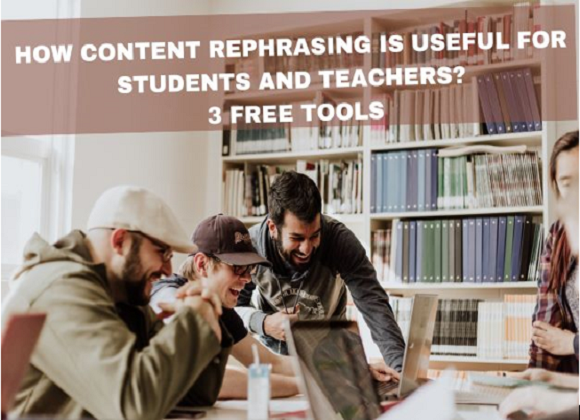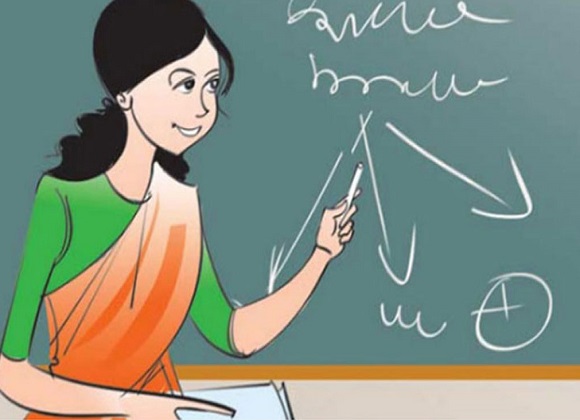Punishment, commonly, is the imposition of an undesirable or unpleasant outcome upon a group or individual, meted out by an authority—in contexts ranging from child discipline to criminal law—as a response and deterrent to a particular action or behavior that is deemed undesirable or unacceptable.
Punishment instills a penalty for a child’s offense. It's about making a child "pay" for his mistakes. Punishment is about controlling a child, rather than teaching the child how to control himself. And most often, punishment changes the way a child thinks about himself. A child who endures serious punishment may begin to think, "I'm bad." Instead of thinking he made a bad choice, he may believe he's a bad person.
Problems with Punishment:
- Punishments don't teach children how to behave
- 2 A child who receives a spanking for hitting his brother doesn't learn how to resolve conflict peacefully. Instead, he'll be left feeling confused about why it's OK for you to hit him but it's not OK for him to hit his brother.
- Punishment also teaches kids that they are not able to be in control of themselves. They learn their parents must manage their behavior because they are not able to do it on their own.
Harsh punishment can cause kids to dwell on their anger toward the person inflicting the pain, rather than the reason they got in trouble.
The difference between punishment and bringing discipline in children:
"Punishment aims to stop the behavior whereas Positive discipline aims to correct the behavior"
How to know if you are punishing or developing positive discipline in your children?
Questions to Reflect on:
Take an example of Rahul:
Did my punishment help Rahul resolve his problem of being unpunctual to class?
Did my punishment open a line of communication with him?
Did he really learn the lesson about punctuality?”
How to develop Positive Discipline Techniques in children?
- Step 1: Express your Strong Disapproval (Without Attacking Character)
- Step 2: State your expectations
- Step 3: Show the child how to make amends
- Step 4: Offer a Choice
- Step 5: Let the child experience the consequences of his/her behavior
Positive discipline is "discipline that teaches." Unlike punishment, which is controlling a child externally by physical force or verbal harassment, positive discipline aims to teach children how they can regulate and manage their behaviour on their own - by learning self-discipline.
About the author
Neha Mishra is an educator in India. Any views expressed are personal.


